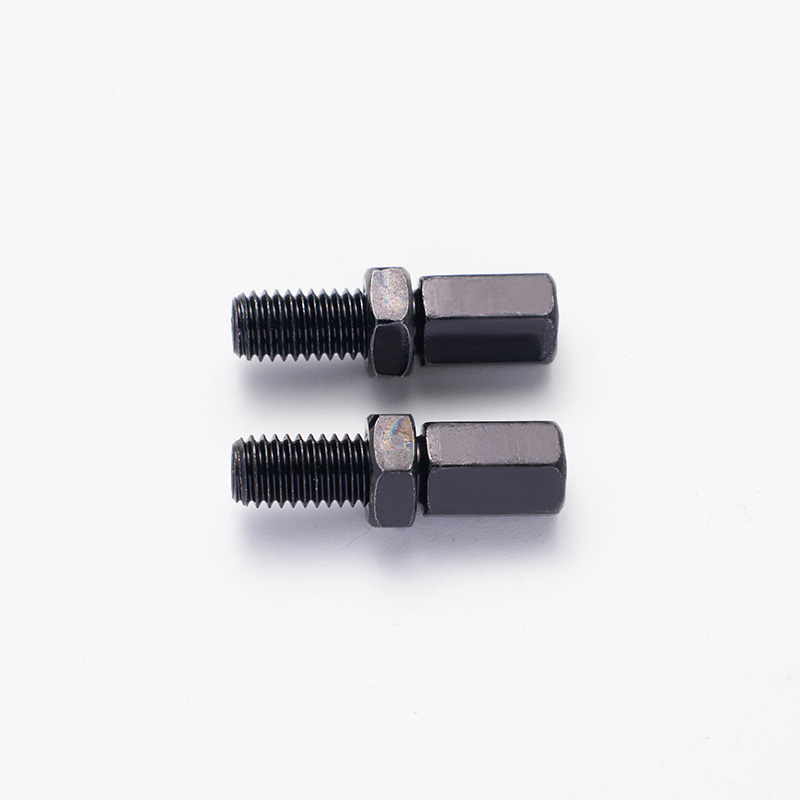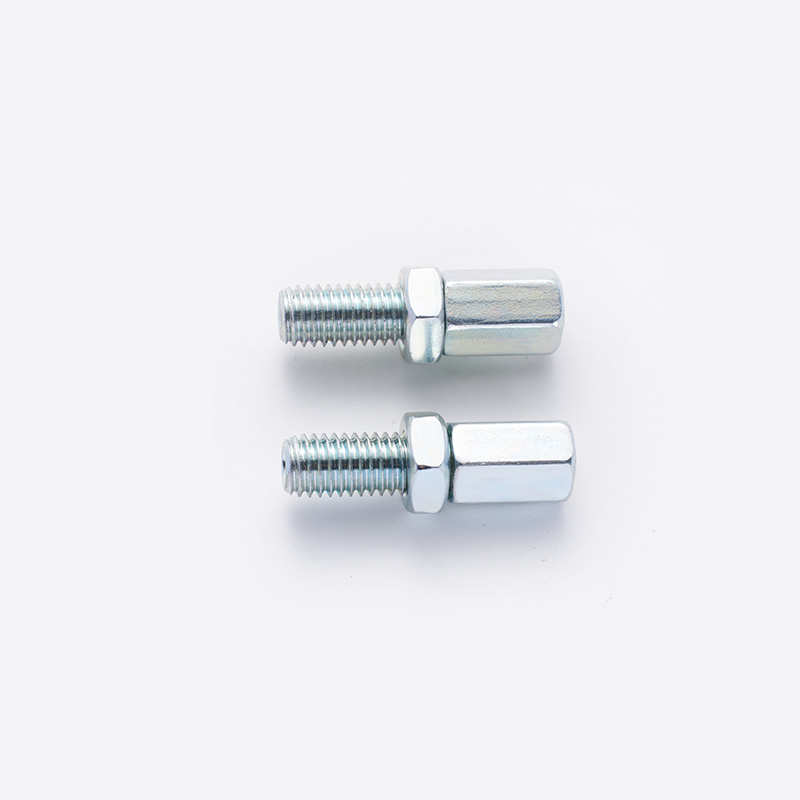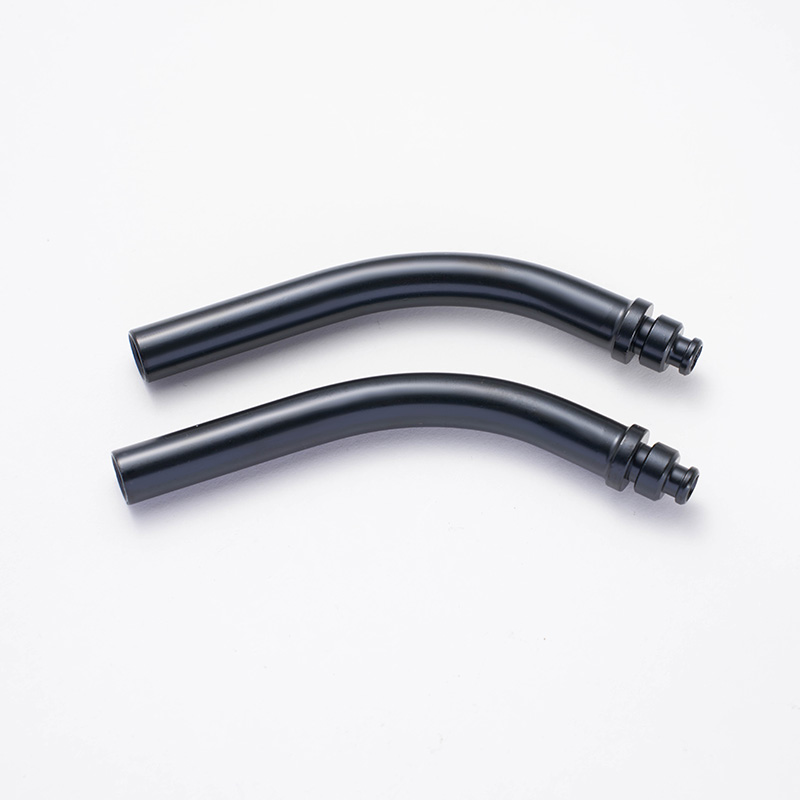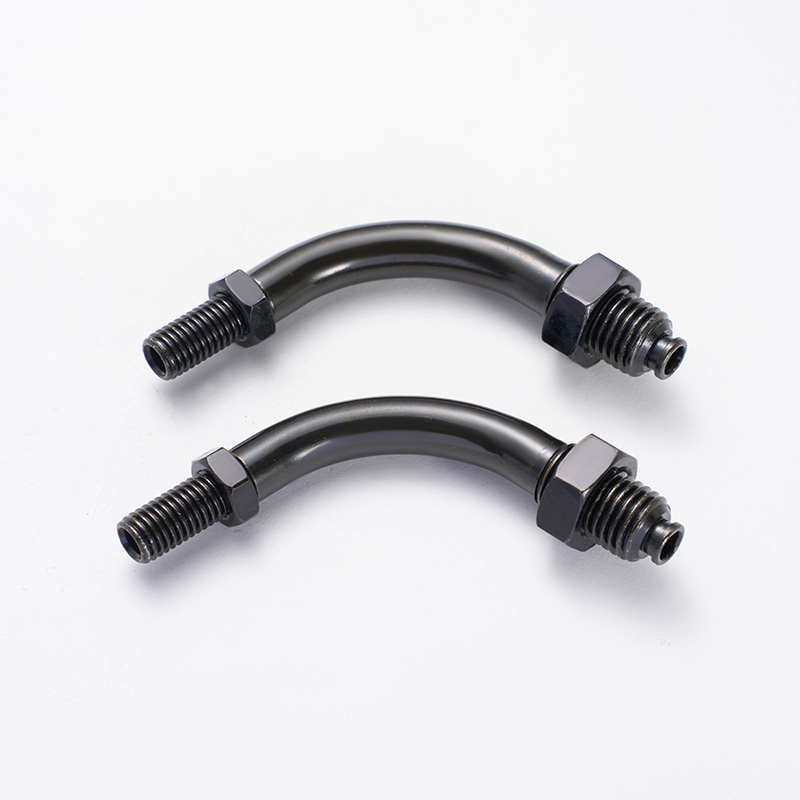What Are Key Motorcycle Brake Cable Components?
A motorcycle's brake system is a critical safety feature, and for models using cable-actuated brakes, its performance hinges on three core components: the adjusters, the housing, and the inner wire. Each part plays a distinct yet interconnected role in ensuring precise, reliable, and safe braking.

Motorcycle Brake Cable Adjusters
Type 1: Barrel Adjusters
Features: These are the common type of adjuster, featuring a threaded barrel that screws into a receiver on the brake lever or brake arm. Turning the barrel changes the effective length of the cable housing, thereby tightening or loosening the cable tension. They often include a locknut to secure the setting and prevent vibration from causing unwanted changes.
Applications: Barrel adjusters are used for fine-tuning brake tension during routine maintenance. They are good for making quick, on-the-fly adjustments to account for cable stretch or wear on brake pads without requiring tools. They are found on both brake and clutch levers.
Type 2: In-Line Adjusters
Features: This type is installed midway along the cable run. It typically consists of two threaded portions that connect the cable housing segments. Turning the adjuster body lengthens or shortens the entire housing assembly.
Advantages: The primary advantage is the ability to make significant adjustments to cable tension from a more accessible location, which is especially useful on cruisers or bikes where the lever adjuster has reached its limit. It provides greater adjustment range and can simplify setup on custom motorcycles.
Motorcycle Brake Cable Housing
Type 1: Coiled Steel Housing
Features: This traditional housing is constructed from a single strip of steel wound tightly into a helix. It is highly flexible and can withstand tight bends without kinking. It is typically covered with a plastic coating for weather protection.
Applications: Its flexibility makes it the ideal choice for routing around steering heads, suspension components, and other areas where the cable must navigate complex paths. It is a versatile, all-purpose housing used on many standard and cruiser motorcycles.
Type 2: Linear/Lined Housing
Features: Modern linear housing is built with a rigid outer shell, often made of parallel steel wires encased in polymer, and a low-friction internal liner made of PTFE (Teflon). This design creates a smooth, consistent tunnel for the inner wire.
Advantages: The key advantage is drastically reduced internal friction, which translates to a smoother, more responsive, and lighter lever feel. The rigid construction also prevents compression under heavy braking, ensuring that all the force applied at the lever is transferred directly to the brake mechanism. This is the preferred housing for performance and sport bikes.
Motorcycle Brake Wire
Galvanized Steel Wire
Features: This inner wire is constructed from strands of high-carbon steel twisted together for strength and flexibility. It is coated with a layer of zinc (galvanization) to provide basic protection against rust and corrosion.
Applications: It is a cost-effective and durable solution found on many stock motorcycles. It performs reliably under standard conditions but may eventually succumb to corrosion if exposed to frequent moisture and road salts without proper maintenance.
Stainless Steel Wire
Features: Made from strands of stainless steel, this inner wire offers inherent and resistance to rust and corrosion. It is often pre-lubricated with a special grease to further reduce friction and wear against the housing.
Advantages: The overwhelming advantage is longevity and consistent performance. Stainless steel wire will not rust, ensuring smooth operation and preventing seizure that could brake failure. Its reliability and maintenance-free nature make it the upgrade choice for riders in all climates, especially harsh ones.
 boo@zjmgmm.com / 958587858@qq.com
boo@zjmgmm.com / 958587858@qq.com English
English русский
русский Español
Español عربى
عربى







 English
English  Building 33, Demonstration Park, No. 318 Chenguang Road, Eastern New District, Wenling City, Taizhou City, Zhejiang Province, China
Building 33, Demonstration Park, No. 318 Chenguang Road, Eastern New District, Wenling City, Taizhou City, Zhejiang Province, China  0086-576-86337978
0086-576-86337978  0086-576-86333878
0086-576-86333878
 boo@zjmgmm.com
boo@zjmgmm.com 